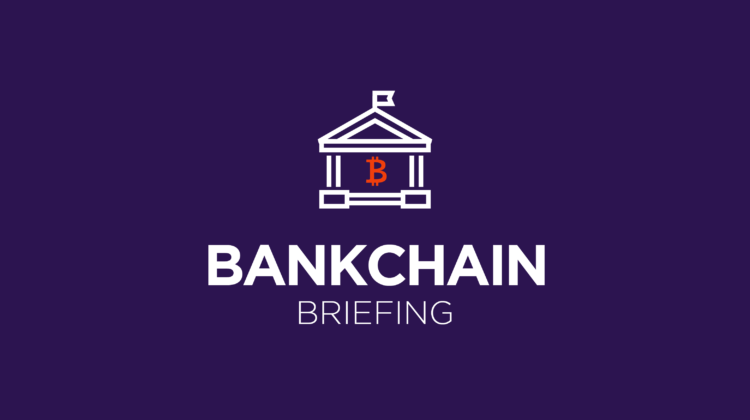Blockchain and Crypto, Member Exclusive
Bankchain Briefing: ‘Don’t invest in something you don’t understand’: Insiders on the implications and impact of the UST collapse
- For this week’s briefing, I asked three crypto experts to share their views on how the UST collapse will impact stablecoins, as well as the rest of the industry.
- In other news, we recently held our first Bankchain Conference, where we heard from industry leaders about the intersection of TradFi and DeFi. Expect to see some great content from us around that theme in the coming weeks.








